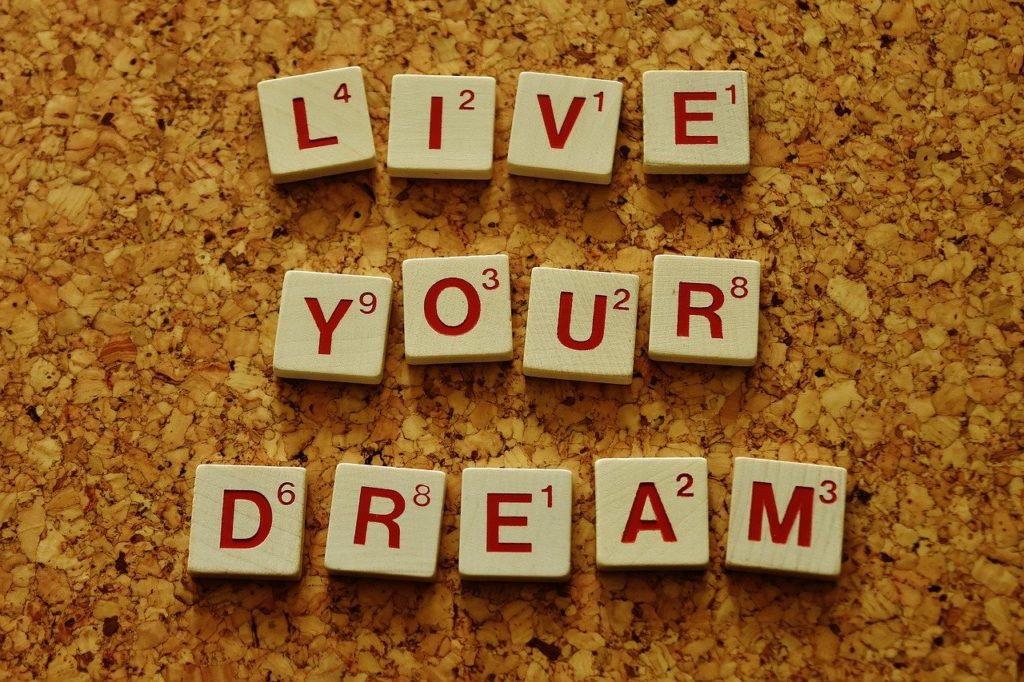
You’ve decided to homeschool or unschool your child and you are embarking on a major lifestyle shift. Protect your family’s sanity. Educating your child in your home is not necessarily reproducing school at home. As long as you are emotionally invested in the best outcome for you and your child, you will find your new way and make it your own way. So first you should deschool.
What is deschooling?
Deschooling is the practice of not introducing any formal education for a period of time after you cease enrollment in an institution. You are de-institutionalizing the process of learning for you and your child. Your family has had routines, outside support, likes, and dislikes all of which impact how, what, and why you educate. Deschooling is the process of letting go of the old, defining the new, and allowing space in your mind and heart to create a plan for what is next.
Children are always learning — they will not suffer academically for taking time to reprocess their relationship with you as the teacher-parent. Allow your children to explore their own interests for a period of time before you step into the role of “teacher.”
You have been teaching your child since birth. You’ve got this! During the deschooling process, take time to build your confidence and resource list. Create connections with other homeschoolers or unschoolers and discover how others choose to plan their education.
How to Deschool Step-by-Step
- Do nothing. That’s right, stop trying to focus on your plan to educate and just live together. Make time to observe how your lifestyle is changing.
- Identify your strengths and weaknesses. This is a new job for you. Prepare for it the way you would train for a new position. Research methods to supporting education in your home – not curriculum.
- Now that you spend more time together with your child the dynamics are changing. Observe how your child plays and in what your child has interest or passion. Discover how your child learns.
- Let go of the idea of formal education. Redefine it for your family to create your ideal vision of learning. There’s no right or wrong way.
- See the “school” in everything and give yourself credit for life skills and other industries. Cooking together, building together, planning a budget, creating art, observing nature are all lessons and education.
- Have fun together. Prioritize protecting your relationship and your emotional well-being as you make this shift. You are building trust in your new relationship together. Create a solid foundation there.
What next after Deschooling?
The period of time you choose to deschool is up to you. If you are deschooling over summer, do not include only that time because Summer Break is part of your previous institutionalization (as may be Summer Camps and Programs). You would officially begin deschooling at the time when your child would have returned to school. It is said that it takes 21 days to change a habit. So 21 days is a nice minimum to consider.
When you are ready to define your education strategy, here are the steps to introducing your new plan:
- Create a Family Mission Statement. Think of your homeschool as a company that you and your child both benefit from and set aspirations for its success.
- Work with your child to develop a routine or schedule. A school day at home is not as long as a day at school. There are no group routines and transitions, less taking turns and switching areas, more one-on-one attention. You will probably conduct less than 2 hours of planned school work per day. Some children prefer lots of little lessons while others need deep concentration and blocked time to focus.
- Find your tribe. Create connections with a stable group of people who share your values and make it a priority to meet with them frequently. Children need other children to thrive and parents need other adults for sanity.
- Talk to a librarian. Libraries have treasure troves of resources for homeschoolers. Librarians are passionate about learning and are eager to share with inquisitive minds. Think smarter not harder.
- Step slowly into the curriculum. Packaged and online curricula can be very expensive and may not fit your children all the same. Some things can be purchased and returned unused while others cannot. Ask to borrow resources from fellow homeschoolers before committing. Buy used resources before new.
- Be kind to yourself. You are going to do the best you can. That is the perfect way to start learning aside your child and modeling the behavior of good study skills and problem-solving.
